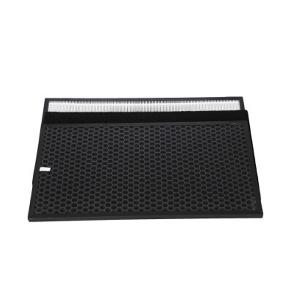source:other news release time:2023-10-27 Hits: Popular:led screen wholesaler

Segmented switch dimming
By using the ordinary light switch on the wall, four stages of dimming can be achieved. The first stage is fully lit, the second stage is 60% brightness, the third stage is 40% brightness, and the fourth stage is 20% brightness. The advantage of this system is that it can use ordinary wall switches to achieve dimming. And its power factor is as high as 0.92 or above. There is no concern of generating interference signals. The disadvantage is that it cannot continuously adjust the light. Also, the operation is a bit troublesome.
Remote dimming
Using an infrared remote control to achieve dimming of the LED. This is certainly the most ideal solution. It is possible to switch the lights on and off, and continuously dimming with PWM. The disadvantage is that the cost is high and there is no unified specification, which can only be used for high-end residential buildings.
Actually, we should come back and think about what the main purpose of dimming should be. All the dimming purposes mentioned earlier are to meet the different light intensity needs of people at home in different situations. For example, when watching TV, it may be darker, and when reading, it may be brighter. These are mostly in residential areas. There are few offices, shopping malls, factories, and schools that install dimming lights. Moreover, the vast majority of these places are equipped with fluorescent lamps and energy-saving lamps, and it is also impossible or difficult to achieve continuous dimming.
Read recommendations: